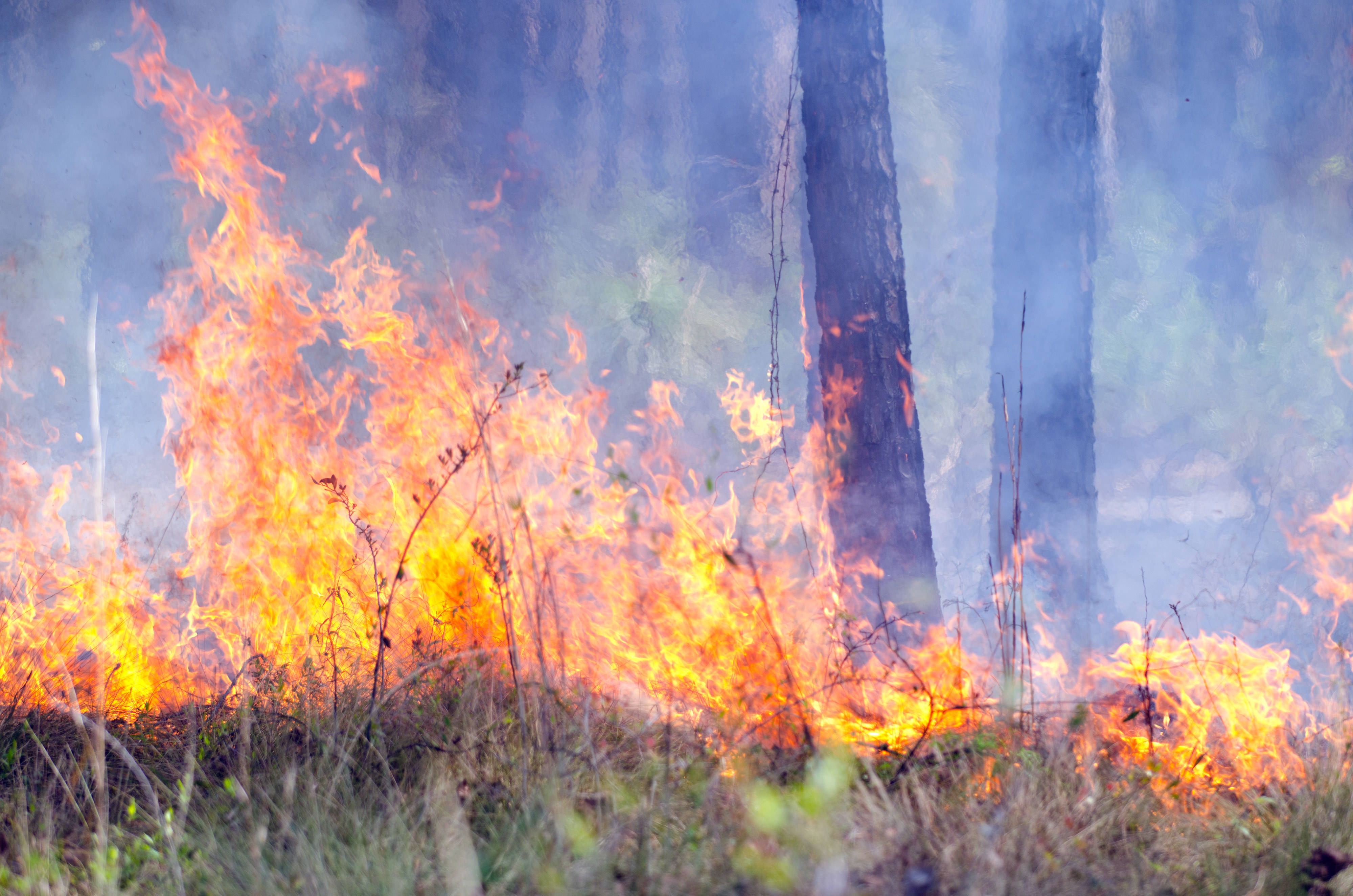Description
Moody Forest is named for the Moody family, which arrived in Appling County in the mid-1800s and spent much of the next century on the land, living amongst the longleaf pine trees and alongside the Altamaha River.
Visit the preserve to hike its trails, though, and its name takes on a whole different meaning, one that perfectly encapsulates the ethereal beauty of the 4,698-acre wilderness. Old-growth longleaf and slash pines rise to guard the misty waters of the Altamaha River as it carves through cypress and tupelo swamps. Sunshine filters through dogwoods and basket oaks, tossing light and shadows onto fallen leaves. The sounds of nature are constant: the low call of wild turkeys, the echo of red-cockaded woodpeckers at work and the wind in the high canopy of longleaf pines.
Learn more about this special place from our Moody Forest Factsheet.
A Legacy of Protection
The Moody family knew that the land they owned was special, and through the generations, they made the best choices they could to retain the natural beauty of the forest. In 2000, the property passed to 32 descendants of the original Moody settlers, and they decided to auction the land. TNC outbid a number of timber industry representatives and entered into a groundbreaking public/private land-management partnership with the Georgia Department of Natural Resources to create and manage the preserve.
While TNC plans and implements conservation strategies, DNR rangers patrol the site and volunteers help with trail creation, facility construction and tree planting. TNC and the DNR also cooperate to maintain a regular regimen of prescribed fire on the property. In just a decade, those efforts have greatly improved the quality of forest habitat, restored native plant and animal communities and increased the overall diversity of life found on the preserve.
Animals At Risk
Swainson's warbler
Plants at Risk
Pitcher plants
Ecosystems at Risk
Longleaf pine-blackjack oak woodland
Cypress-tupelo sloughs
Bottomland hardwood forests
Hardwood bluff forest



